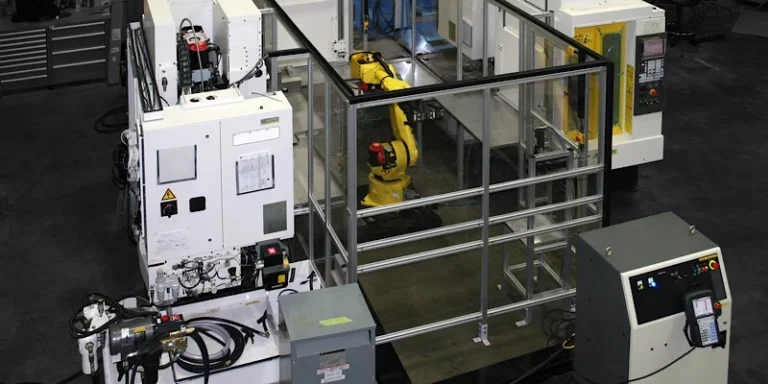The aerospace industry is among the most complex sectors, with the ultimate goal of ensuring safety for users. Consequently, every aspect of an aerospace product must be of the highest quality, thoroughly tested, and meticulously refined to guarantee maximum reliability and longevity. Let’s consider airplanes. To gain approval, the coating process must be tested on product prototypes, which is a crucial part of prototype finishing.
But is coating airplanes really necessary? After all, they are primarily constructed from aluminum alloys, which offer excellent corrosion resistance. Additionally, opting not to paint and instead polishing the surface could save approximately $35,000. So, why do we paint our planes? Is prototype painting still essential?
Plane Coating Processes For Corrosion Resistance
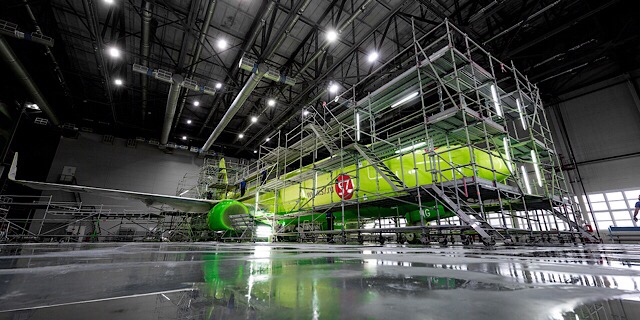
The majority of airplanes are constructed from a high-strength alloy known as Alclad. When exposed to oxygen, Alclad forms a thin oxidized protective layer within the first few minutes. However, this layer is quite delicate and can be compromised by the harsh conditions that aircraft endure.
Painting the aircraft enhances this thin protective layer. The special varnish used in the paint repels salts, adhesives, mud, and liquids. Despite this, temperature and stress fluctuations can cause the coating to develop multiple small cracks, which can be potential starting points for corrosion.
Polishing the aircraft involves significantly improving the surface finish using fine abrasives. This process reduces the microscopic cavities and peaks on the alloy’s outer layer, making it harder for corrosive particles to adhere to the surface. However, polishing also further thins the oxide layer.
To prevent corrosion, both polished and painted planes are washed in an alkaline solution. Since most paints contain elements that repel liquids, salts, and other particles, painted planes do not require washing as frequently as polished ones. Considering aesthetic appearance, polished planes need to be cleaned twice as often as painted planes.
Environment
The coating used on airplanes does contain some harmful agents, notably chromium and cadmium. Chromium is found in both the primer and the paint itself, as well as in its volatile compounds. Exposure to chromium can cause skin and lung issues, and prolonged exposure can lead to cancer. Cadmium has similar toxic effects. This underscores the importance of monitoring these substances. Manufacturers must use specialized air filters and oxidizers to prevent these elements from polluting the surrounding environment.
Polishing, on the other hand, is inherently harmless. However, the solvents used in the polishing process can contain ozone-depleting components. The use of such elements is detrimental to the atmosphere, leading many countries to ban the use of ozone-depleting substances.
In conclusion, the choice between painting and polishing largely depends on the regulations of the country in question. Depending on local prohibitions regarding chromium, cadmium, or ozone-depleting elements, manufacturers will opt for the method that is more compliant and cost-effective.
Marketing and Aesthetics
Marketing plays a significant role in the modern airplane industry. Many transport companies have unique visual styles and want their planes to stand out. Some use distinctive designs to draw attention to their brand, such as the company that adorned their planes with vibrant Pokémon art. However, in an era where many planes are painted in every color of the rainbow, having a shiny, polished plane might actually be a way to stand out.
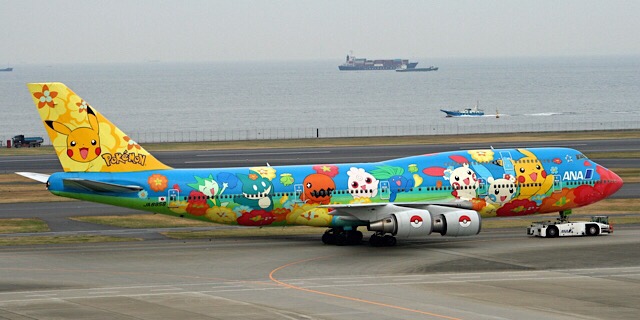
Costs and Maintenance
The price tag for well-made, painted, and designed planes is certainly higher than for polished airplanes. Additionally, painted planes weigh more, leading to increased fuel consumption. They also need to be repainted every five years or so and require regular washing.
However, despite these factors, polished planes actually incur higher maintenance costs. While they use slightly less fuel, the difference is so minimal that it is almost negligible. Polished planes need to be repolished about three times a year to maintain their shine and luster. They also require more frequent washing, as the aluminum oxide layer provides less protection against corrosion compared to a 0.3 mm paint layer.
In conclusion, calculations by Boeing have shown that using polished airplanes is 0.06-0.3% more expensive than using painted ones. Therefore, in terms of cost, there is almost no significant difference.
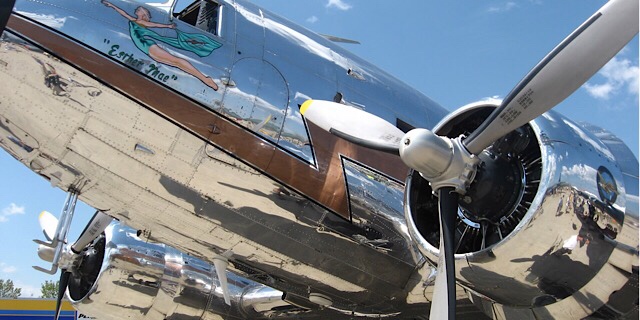
How Plane Painting Is Done
Painting aerospace products is a complex and time-consuming process. First, staging is set up to provide access to every part of the plane, including the top. Small elements such as mounting pegs, antennas, and sensors must be removed. Windows and holes are then covered with tape to protect them from paint droplets. The surfaces are washed to remove any mud or grease.
The process begins with the application of a primer, which serves as a base for the subsequent layers and helps them adhere better to the surface. Next, a colored paint is sprayed on, followed by a varnish that protects the paint from corrosion. The spraying typically starts at the tail of the plane and moves toward the front. The entire paint layer is approximately 0.3 mm thick. If the paint layer is thicker, it will crack after only a few flights; if it is thinner, the paint color will not be as intended. To enhance adhesion, the paint is sometimes magnetized.
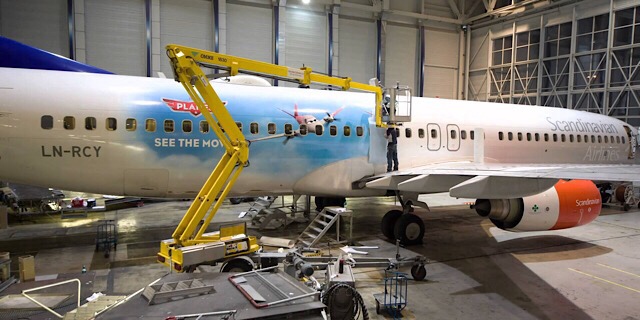
In Conclusion
To sum everything up:
Coating an aerospace vehicle or even part of it is a complex process that requires careful testing on its prototype, at the very least to determine mass changes, which are crucial for flying machines.
There is practically no difference in price whether you use polished products or painted ones.
Painted objects are better protected from corrosion than polished ones. If your product isn’t made of an aluminum alloy, painting is essential.
Both polishing and painting are harmful to the environment, so specialized protection equipment is necessary.


